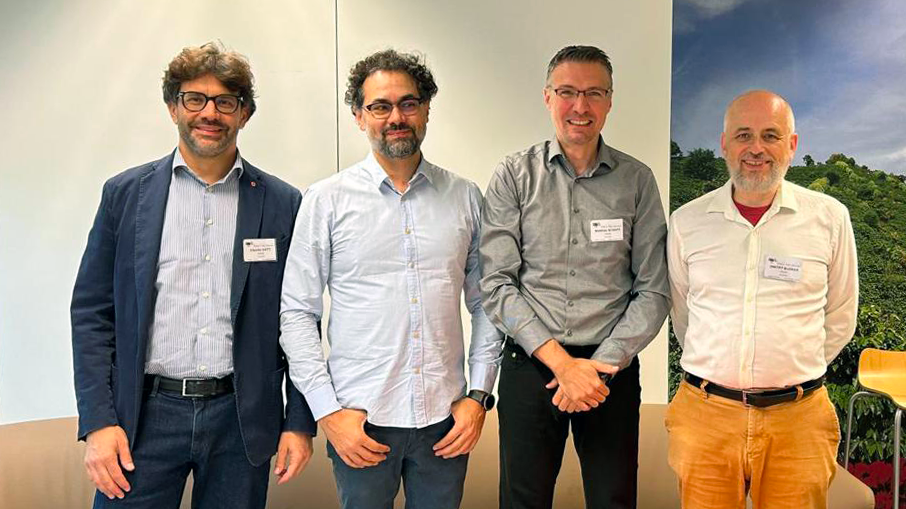
Develop, test and implement an innovative experimental platform for detecting high-frequency gravitational waves and discover hitherto unobserved astrophysical events: this is the goal of the GravNet project, which has just been funded by the European Research Council with a 10-million-euro Synergy Grant. Proposing the six-year long project is a team of four researchers coming from four institutes in three different European countries (Germany, Spain and Italy), including INFN researcher Claudio Gatti, as envisaged for these grants that aim to promote scientific collaborations. Indeed, Synergy Grants support scientific projects so ambitious that they must be managed by multiple research groups working together, sharing expertise and resources. The first gravitational wave detection made in 2015 by the LIGO and Virgo collaborations, thanks to the LIGO interferometers in the United States, inaugurated a new era of fundamental physics. Since then, nearly a hundred gravitational wave events produced in mergers of binary black hole systems and neutron stars have been detected, with frequencies between 10 hertz and 10 kilohertz, and even, with a signal at a much lower frequency, in the nanohertz band, timing the radio signals of pulsars. Nevertheless, no experiment to date has succeeded in exploring higher frequencies (from mega to gigahertz), where signals generated by the mergers of primordial black holes, ultra-light dark matter, or violent phenomena in primordial cosmological timescales might be hidden.
To bridge this gap, GravNet aims to explore this frequency band with a completely novel approach: using different technologies and methods that rely on radio-frequency cavities in high magnetic fields and simultaneously measuring signals recorded in multiple detectors across Europe. GravNet could thus open a new window in the field of gravitational wave detection and revolutionise our understanding of the universe.






